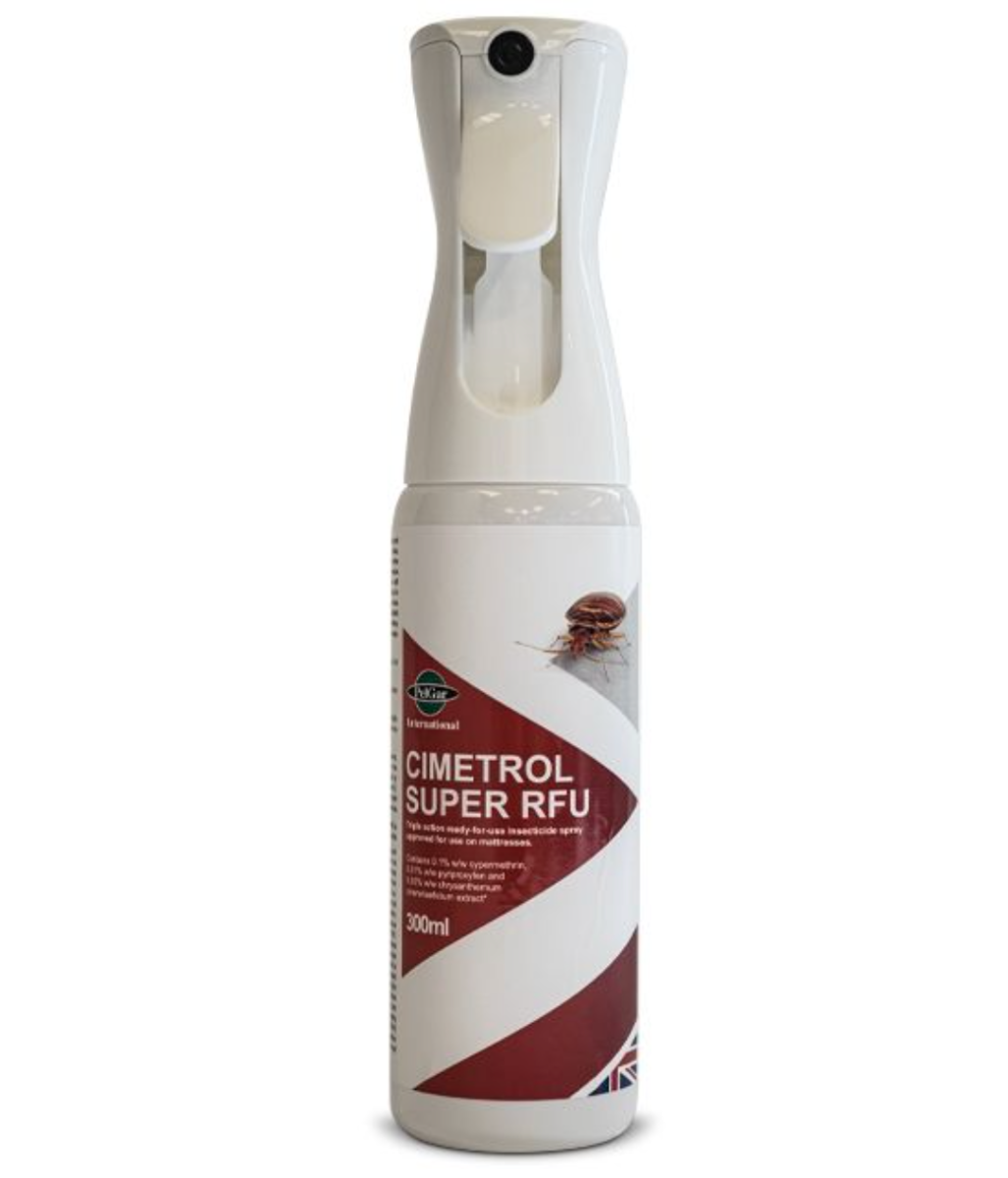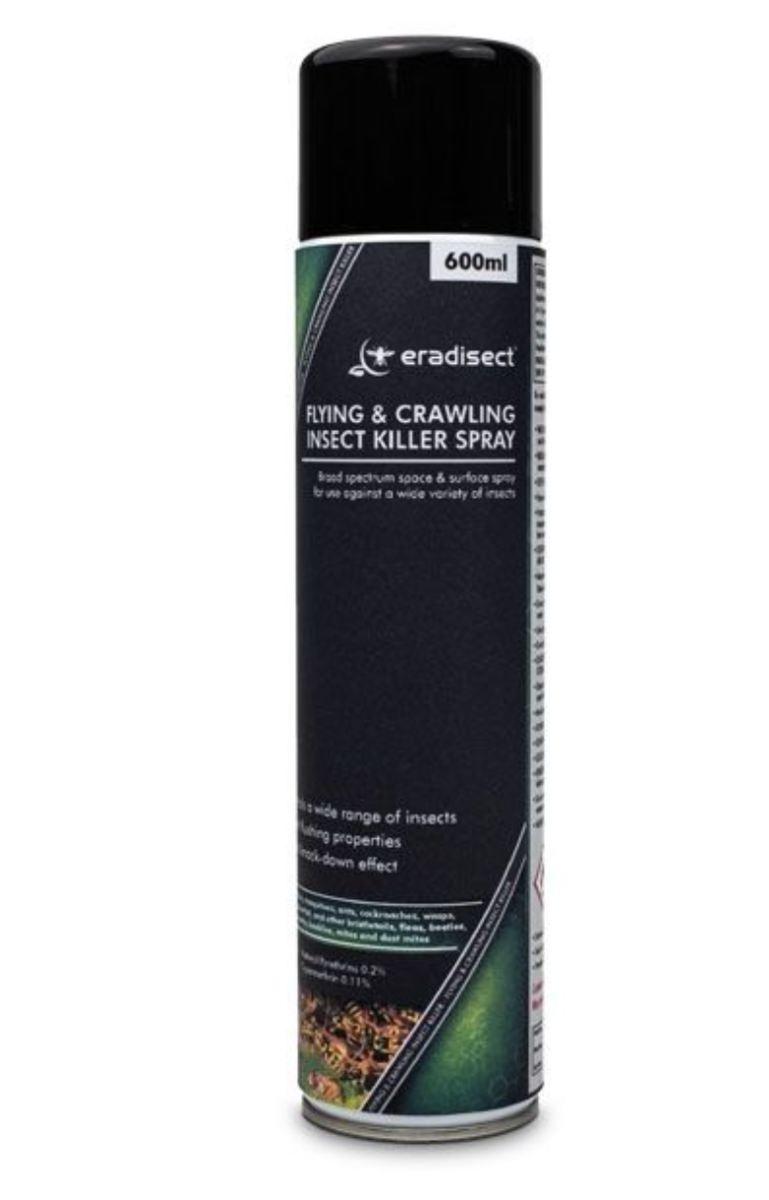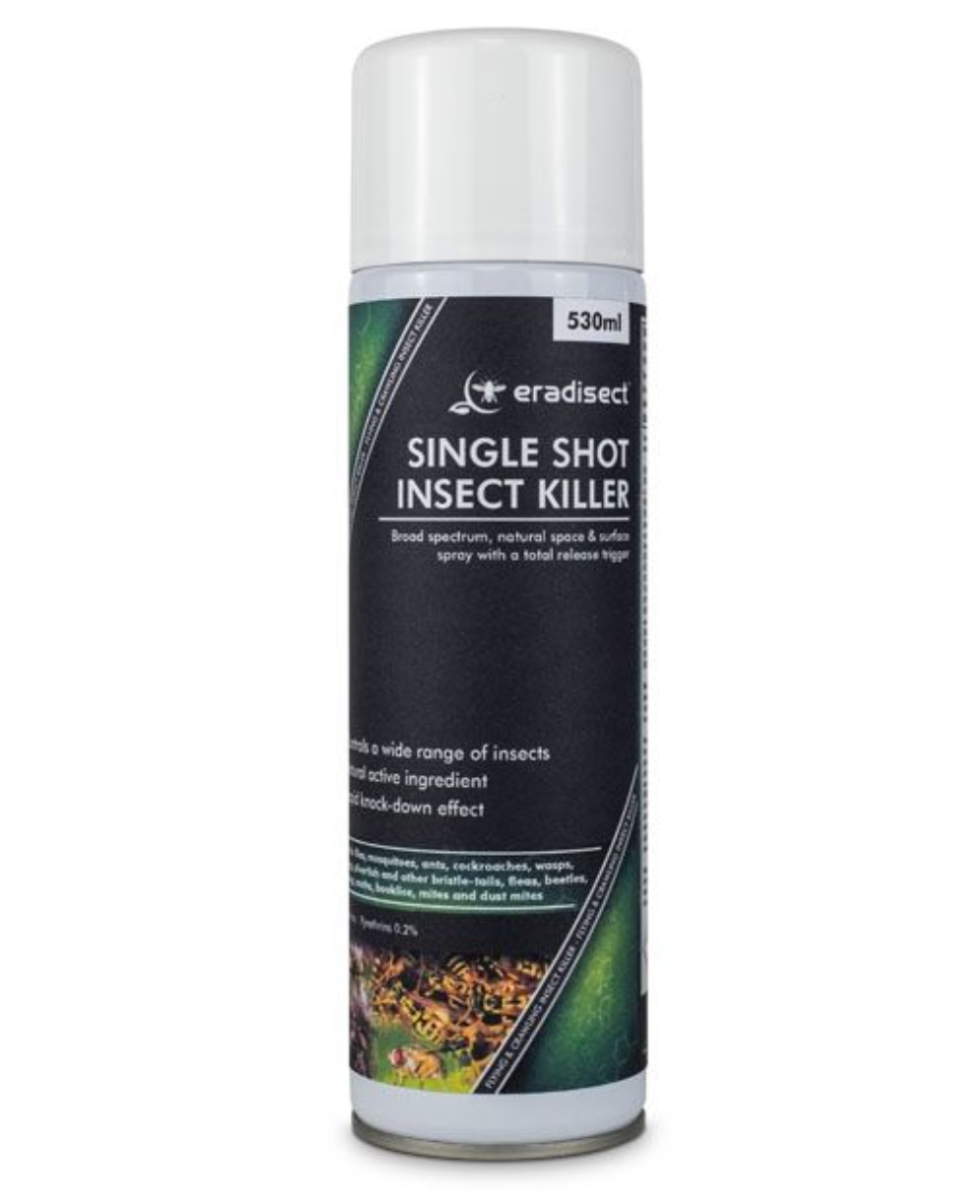Harlequin Ladybirds (Harmonia axyridis)
Harlequin Ladybirds (Harmonia axyridis)
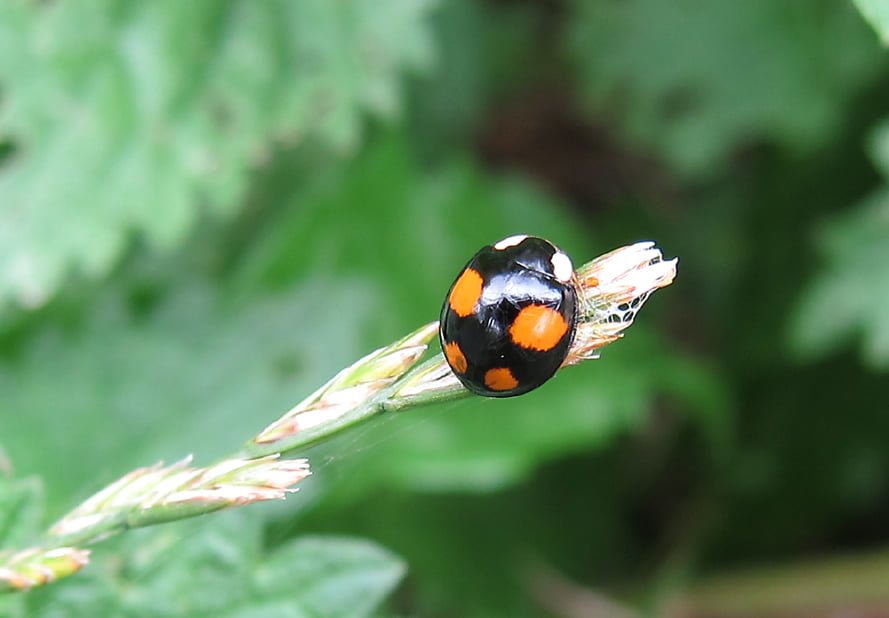 |
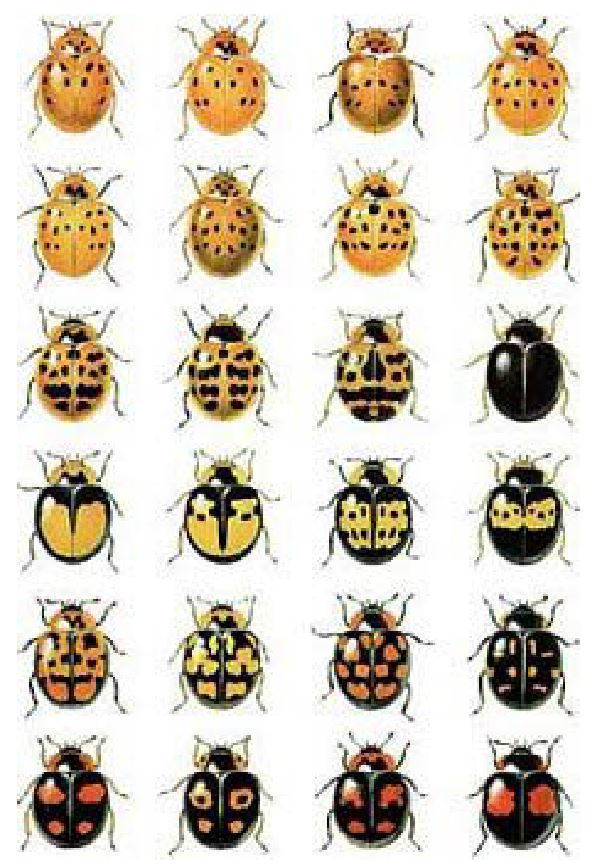 |
Identification:
Harlequin ladybirds are about 7mm long and can be black, red or yellow with a varied number of spots. This insect was introduced into Europe from Asia a few years ago as a biological control for greenfly. It has since crossed the channel and is gradually spreading west across England.
Biology:
These ladybirds have four distinct life stages: egg, larva, pupa and adult. The adults begin laying eggs on host plants in early spring and hatch in 3 to 5 days. The larval stage lasts 12 to 14 days and the pupal stage which takes place on leaves of e.g. fruit trees/plants, lasts five to six days. During a cooler spring the process of development from egg to adult may take 36 days or longer. The adult may live for up to two to three years under optimal conditions and a single female can lay over 1,000 eggs.
Control:
If they are a problem indoors they can be killed using a Crawling Insect Aerosol or a Broad Spectrum Residual Insecticide or removed using a vacuum cleaner.
Products to control Harlequin Ladybirds:
|
Cimetrol Super RFU (300ml) |
Eradisect Flying and Crawling Insect Killer (600ml) |
Eradisect Single Shot (530ml) |

